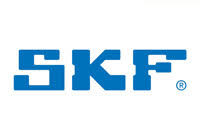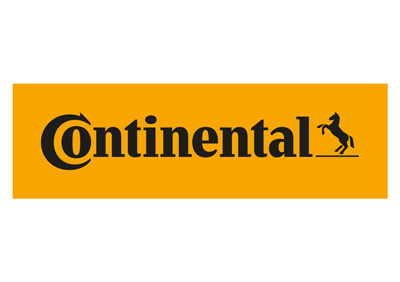Overrunning belt pulleys
Function unlike electric motors, combustion engines exhibit non-uniform rotation. The four-stroke principle dictates that the crankshaft is continuously accelerated and decelerated the accessory drive...
Function
 Function unlike electric motors, combustion engines exhibit non-uniform rotation. The four-stroke principle dictates that the crankshaft is continuously accelerated and decelerated. These oscillations are transmitted to the accessory drive, having a negative effect on noise characteristics and the service life of the drive belt. It is for this reason that the alternators in modern vehicles are fitted with an overrunning belt pulley (also known as an alternator freewheel). The overrunning belt pulley is mounted on the alternator's drive shaft. It transmits the drive force in one direction only. In so doing, it decouples the alternator from the oscillations of the crankshaft. Thanks to this technical trick, the belt drive runs more smoothly and more quietly, and the service life of the drive belt is extended.
Function unlike electric motors, combustion engines exhibit non-uniform rotation. The four-stroke principle dictates that the crankshaft is continuously accelerated and decelerated. These oscillations are transmitted to the accessory drive, having a negative effect on noise characteristics and the service life of the drive belt. It is for this reason that the alternators in modern vehicles are fitted with an overrunning belt pulley (also known as an alternator freewheel). The overrunning belt pulley is mounted on the alternator's drive shaft. It transmits the drive force in one direction only. In so doing, it decouples the alternator from the oscillations of the crankshaft. Thanks to this technical trick, the belt drive runs more smoothly and more quietly, and the service life of the drive belt is extended.
Safety
Safety when the overrunning belt pulley is replaced, the V-ribbed belt and the tensioning pulleys and deflection rollers should always be replaced at the same time. These components are exposed to the same stresses and strains as the overrunning belt pulley. If they are replaced at the same time as the belt pulley, repeat component failure occurring very soon afterwards and requiring the accessory drive to be repaired again can be avoided.
Environmental protection
Protection of the environment the solid steel overrunning belt pulley has a V-ribbed belt profile. The overrunning unit inside the belt pulley is fitted with a bearing filled with sufficient grease to ensure lubrication for life. Overrunning belt pulleys are made primarily from metal and can easily be recycled after use.
Depreciation
Depreciation to ensure that the overrunning belt pulley remains in perfect working order, it must undergo a function inspection during the course of routine service and maintenance of the accessory drive as prescribed by the vehicle manufacturer. A fault affecting the overrunning belt pulley can lead to costly repair work or, in the worst-case scenario, cause the engine to fail








